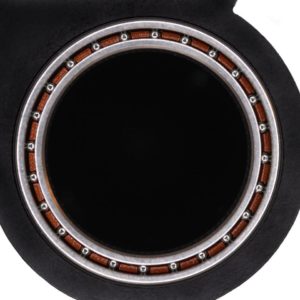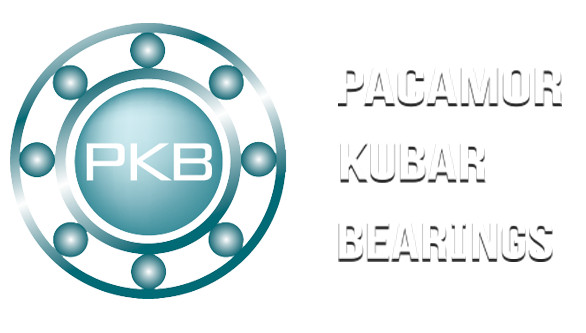Pacamor Kubar Bearings(PKB) is continuing our HOW-TO GUIDE series with some suggestions for selecting the proper bearing fit on a shaft or in a housing. We hope this will help you to maximize bearing life and performance.
How-To Guide: Choosing the Best Fit between the Bearing & Shaft, or Housing
Planning for proper fit between the ball bearing and the shaft or housing is as important as bearing design and cleanliness. Improper bearing fits or incorrect installation can damage the bearing assembly.
This guide is for establishing shaft and bearing fits for miniature and instrument bearings when the expansion coefficients of the shaft and housing are similar or when the operating temperature differential between them is nominal. In other conditions, modification in fits and internal clearance may be required. See our Bearing Installation Guide & Bearing Handling Practices pages for more information about proper handling installation of the PKB bearing into your device. Be sure to visit our Shaft and Housing page for a detailed chart and more information about this topic.
Some Tips:
- Within the assembled mechanism, the fit of the ball bearing on its mating components is vital to maximizing bearing life.
- If the fit is too loose, the bearings slide around on the shaft, eliminating the advantages gained by selecting a ball bearing in the first place.
- If the fit is too tight, the bearing integrity may be compromised by reduction of radial play in the assembly.
- The perfect fit enables bearings to run at peak performance for maximized end-product life.
- There are three main types of shaft and housing fits.
- A loose fit is when the bore of the inner ring is slightly larger than the outer shaft diameter.
- A line-to-line assembly is when the bore of the inner ring of the bearing and the outer diameter of the shaft are the same.
- With a tight fit, the bore of the inner ring of the bearing is slightly smaller than the outer shaft diameter. Tight fits are also called interference or press fits, because bearings in these assemblies are pressed onto shafts.
- Slightly loose shaft-to-housing fits are suitable for most applications, while line-to-line fits often provide the best performance.
- If bearings are assembled on a shaft that is too large (creating a press fit) the inner ring may stretch slightly. When this occurs, the bearing’s radial play can be diminished or even eliminated altogether.
- See our Shaft and Housing Fits page for a detailed chart and more information about this topic.
- See our Bearing Handling Practices page for more information about proper handling of PKB bearing, for improved bearing performance and life.
- See our Bearing Installation Guide page for more information about proper installation of PKB bearings into your device.
For further assistance with bearing selection and design, please feel free to contact sales@pacamor.com
Pacamor Kubar Bearings manufactures DFARS-approved FAA TSO-C149 Aircraft Bearings in our ISO 9001:2015 certified factory in Troy, NY.






